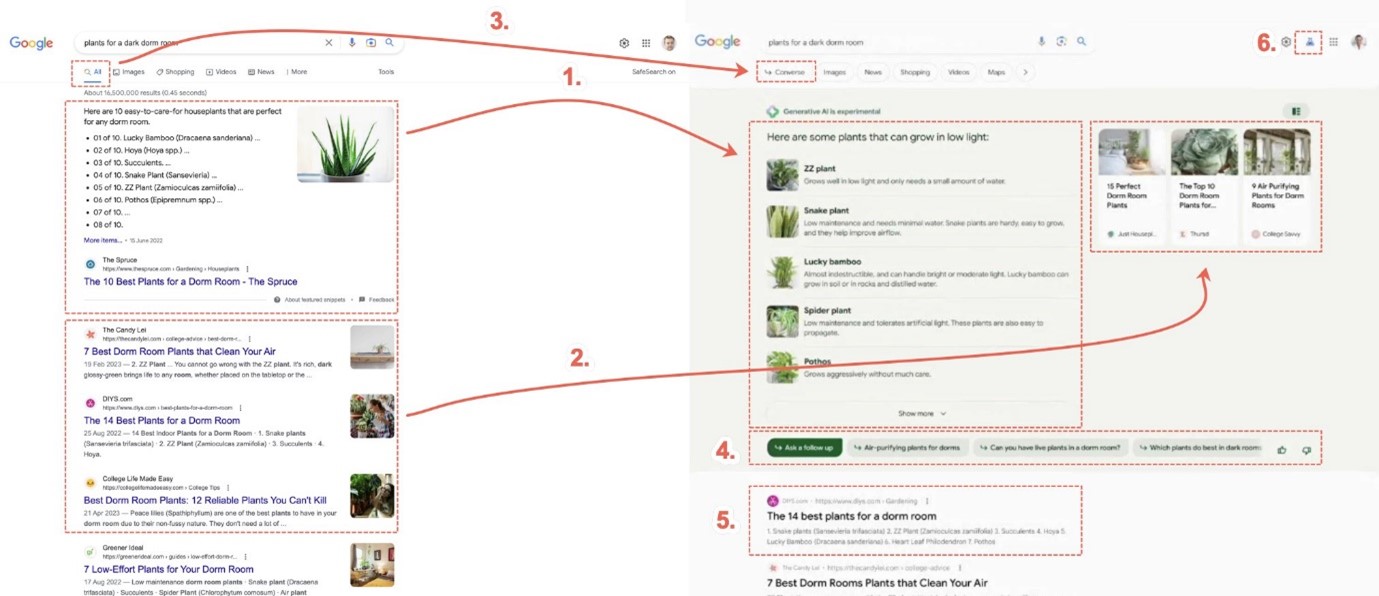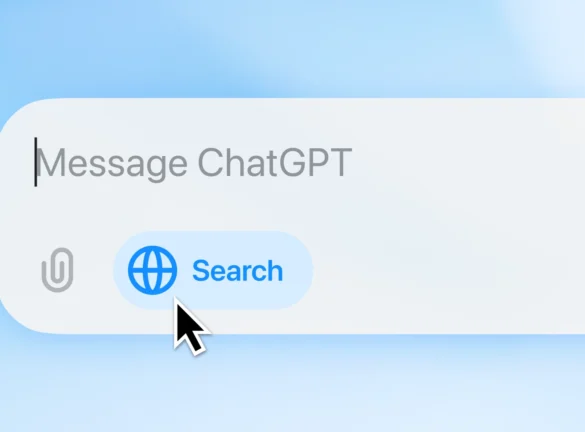
Google IO 2023: Embracing the AI Revolution
Google IO, the annual conference hosted by Google, was hosted last week with an exciting line-up of innovations to mark its 15th anniversary. With AI gaining significant traction, the community eagerly anticipated Google’s revelations. And boy, did Google deliver!
Reminding the world that Google has always been an “AI-first” company, Sridhar unveiled a reimagination of its core products, setting the stage for a remarkable year ahead. At the forefront of this transformation is PaLM 2, Google’s latest large language model (LLM). This cutting-edge model will power Google’s revamped Bard chat tool, positioning itself as a competitor to OpenAI’s ChatGPT. Additionally, PaLM 2 was framed as the foundational model for an array of new AI features.
PaLM 2 truly promises to revolutionize daily human interaction with computers, propelling us into the future of artificial intelligence, here is how:
- Breaking Language Barriers: PaLM 2 facilitates translation between languages, making information more accessible to people worldwide and fostering greater global connectivity.
- Accelerating Research: By helping users identify intricate patterns and relationships in data that would otherwise be imperceptible, PaLM 2 significantly expedites the research process.
- Empowering Product Development: Engineers can leverage PaLM 2 to design and test software and hardware products more efficiently, catalyzing innovation across industries.
PaLM 2 (a Large Language Model – LLM) represents a significant leap forward in multilingual language models. It comprehends and generates text in over 100 languages, making it an ideal choice for applications such as machine translation, customer service, and education. It exhibits exceptional proficiency in scientific and mathematical reasoning, derived from extensive training on vast datasets of scientific papers. It codes Python, JavaScript and extends to the more niche languages such as Prolog, Fortran, and Verilog.
With PaLM 2 on the horizon, the potential for positive change in the world is enormous. Although still under development, LLM’s impact on computer-human interaction is already profound.
Now, let’s delve into some of the remarkable highlights from Google IO 2023:
- Google Maps: Embarking on a new level of innovation, Google Maps introduces “Immersive View for Routes” in select cities. This groundbreaking feature transports users into a digitally recreated model of their precise route, revolutionizing navigation through its highly immersive and interactive experience. Leveraging advanced AI technology, Google Maps enables users to visualize their upcoming journeys like never before.
- Google Photos: Elevating the photo editing experience to new heights, Google Photos introduces Magic Editor—an AI-powered feature that grants users the ability to perform intricate edits in specific areas of their photos. From adjusting foregrounds and backgrounds to intelligently filling in missing parts of an image, Magic Editor’s capabilities redefine the art of photography.
- Search, now SGE (Search with Generative AI): Google Search embraces generative AI front and centre. Users can now ask entirely new types of questions, leading to AI-powered snapshots that offer quick overviews, essential factors to consider, and synthesized relevant insights and information.
To provide a visual representation of anticipated SGE changes, here is a very informative visual shared by Brodie Clark:

Lots of changes, right? Huge! It’s still early days, plus it’s expected to be highly intent/query dependent but very interesting! Below are some initial call-outs:
- Fewer blue links: Google has allocated more non-clickable space on the search results page, resulting in fewer links to external websites. This shift may pose a challenge for websites aiming to gain visibility in search results, given the reduced space available.
- Organic positions: Organic search results are now positioned further down the page. Users are now more likely to encounter featured snippets or conversational follow-up prompts at the top, potentially reducing the visibility of organic search results.
- Featured snippets decommissioned: Featured snippets are now integrated into the SGE (Search Generation Engine) unit. Consequently, Google creates and displays its own content rather than relying solely on external websites. This change might make it more challenging for websites to rank for specific keywords, as they compete with Google for the top spot in search results.
- Conversational follow-up prompts: Google now enables users to engage in conversations with the search engine directly. While this offers convenience, it may make it harder for users to find the information they seek on external websites.
It will be interesting to see how these changes impact Google Search in the long run. The introduction of SGE is sure to have a mixed impact on the tech industry. Some businesses will benefit from SGE, while others may be negatively affected. To make some predictions, let’s look at who we anticipate this will affect positively and negatively.
Winners:
- E-commerce businesses: SGE empowers e-commerce businesses to provide comprehensive product information, including reviews, specifications, and customer ratings. This enables customers to make more informed purchasing decisions, potentially boosting sales and enhancing customer satisfaction.
- Travel businesses: SGE allows travel businesses to offer detailed destination information such as pricing, attractions, and activities. This assists travellers in planning their trips effectively, leading to increased bookings and improved customer satisfaction.
- Brands with strong industry authority: Brands recognized for their expertise in specific industry categories can leverage SGE to strengthen their authority and build trust with customers. For instance, a brand renowned for high-quality products can utilize SGE to provide in-depth information about the manufacturing process, materials used, and quality control measures. This instils confidence in customers regarding the product’s quality.
Losers:
- Aggregators: Aggregators may experience decreased traffic as users find the information, they seek directly on the search results page. For example, a news aggregator that compiles news articles from various websites might witness reduced traffic as users access the desired articles directly through Google Search.
- Answer sites: Answer sites could face a decline in traffic as users find comprehensive and informative answers directly within the search results. An answer site focused on addressing specific topics might experience reduced traffic as users obtain detailed answers from Google Search itself.
Summary:
It is still too early to say how SGE will ultimately impact the industry. However, it is clear that SGE has the potential to revolutionize the way we use Google Search.
Interested in discussing the industry updates with us further? Get in touch here.





